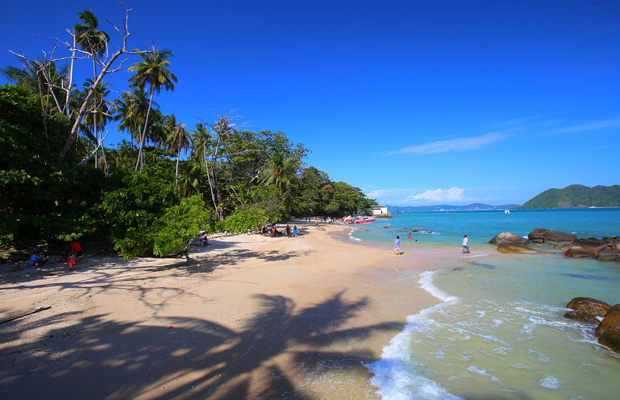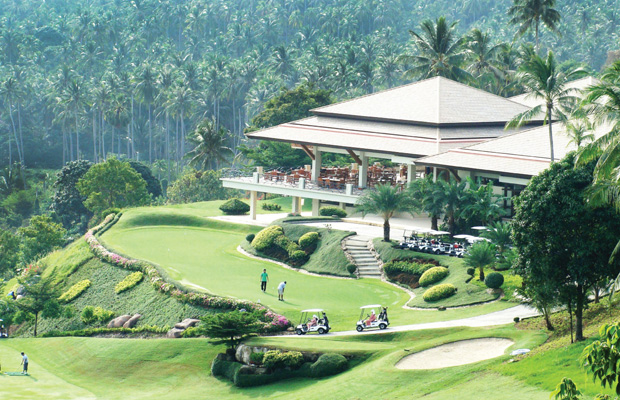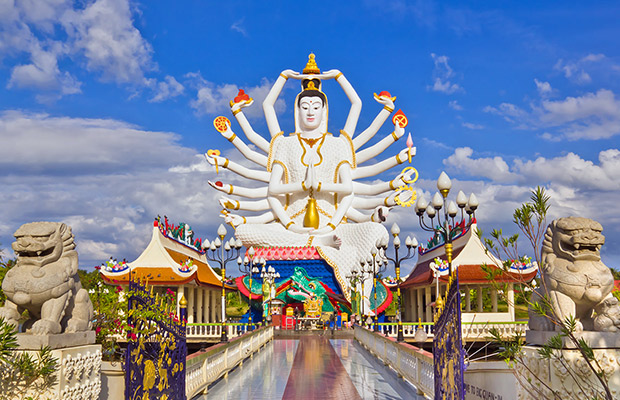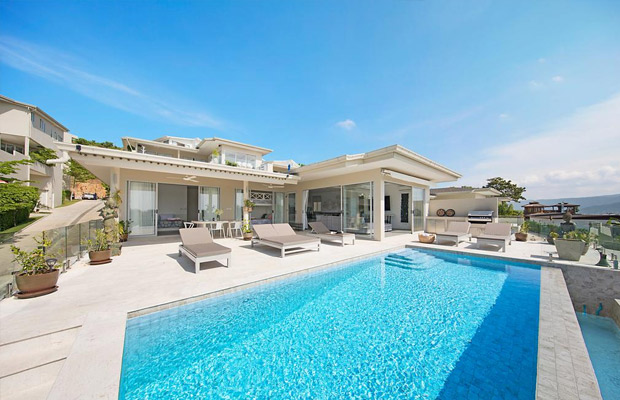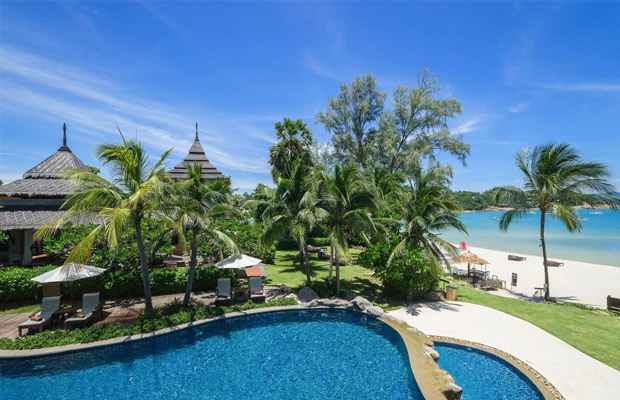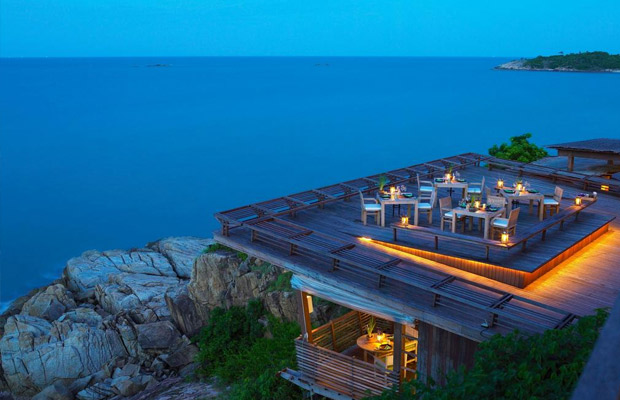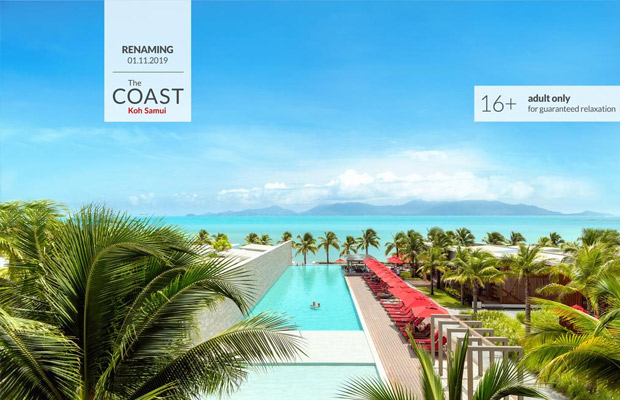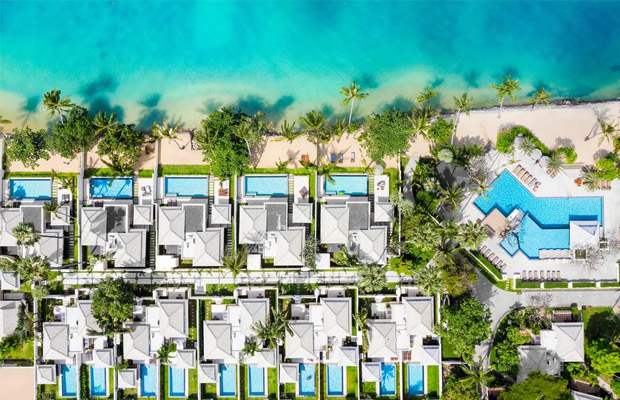Lamai Beach
Lamai Beach
Thailand
Koh Samui
Koh Samui Travel Guide
Book Tour & Activities
Your tour in Koh Samui.
Book your stay
Your hotel in Koh Samui.
Overview
Lamai Beach is Samui's second-largest resort area after Chaweng. It is quieter and less bustling than its big sister, but still with plenty of accommodation, dining and shopping options, and some great spas and tourist sites to explore.
The general atmosphere is laid back and Lamai has slightly older, and by extention cheaper tourist facilities than Chaweng, although there is some indication that the area is slowly being rejuvenated. Along with the rest of Samui, there is a steady trend away from the 'cheap and cheerful' toward smarter, high-end accommodation and dining facilities and new resorts in Lamai such as The Pavillion, The Renaissance and Lamai Wanta bear testament to this upgrade.
Lamai Beach is lovely - a stunning crescent of palm-fringed powdery white sand that's perfect for whiling away the day sunbathing and a deep central stretch of water great for swimming and watersports. If you are looking for a relaxing few days on the beach, the local amenities can cater adequately to all needs and you wont have to move too much at all.
Lamai Beach, on Samui's southeast coast, is the island's second most popular after Chaweng and when you're on the sand, as with Chaweng, this is truly a beautiful beach with fine sand and crystal waters hemmed in by boulder-strewn headlands at each end.
At the northern end the water is shallow and rocky, however, the calm shallow nature of the sea here makes it ideal for small children.
Many vendors walk the beach selling ice cream, fruit, grilled sweet corn or chicken and Thai papaya salad, cold drinks, jewellery, sarongs, and beach games. Like in the rest of Samui, the beach vendors are polite and not too persistent and therefore offer a useful service, rather than an annoyance.
Understand
The southern third of the beach has the widest strip of sand, is the best for swimming, and has the most nearby eating and drinking and shopping options. To the north, the water doesn't get deep enough for swimming until you're quite some distance out, and the further north you go, the narrower and quieter the beach becomes, eventually becoming rocky towards the headland.
There is a significant number of girlie bars along the main street as well as in some side streets. They are most prevalent in the southern part of town, while the northern part is virtually free of them.
Get in
Minibus transfers between Lamai and Samui Airport cost about 150 baht/person; a private taxi charter costs around 300-400 baht.
A minibus from the ferry terminal (normally) sets you back 60 baht, but most tourists are asked (and do pay) 100 baht. See the Ko_Samui#By_bus section about how you may try to avoid that.
A songteow to and from the pier costs B70. Do not use as a private hire - just hop on as it comes and go with the locals.
See
Hire a jeep or motorbike and explore the surrounding area of Lamai as there are plenty of interesting attractions to see. Ko Samui's most popular tourist sites are in this locality so if you're getting bored swimming all day, try some exploring around the area instead.
The south of Lamai, once you get past the Muslim Fishing village Hua Thanon, is Samui before becoming the popular tourist destination it is now. It gives you a view of lush greenery, livestock grazing in the fields, and little roadside cafes selling drinks and Thai dishes.
Between Lamai and Hua Thanon lies two famous rock formations: Hin Ta and Hin Yai also known as Grandpa and Grandma rocks. These formations look like the male and female genitalia, respectively. What makes these rocks even more strange is that they are close to each other, giving way to a legend explaining how they came to be.
Near Hin Ta and Hin Yai is a small beach. It is not for swimming but it gives you time to cool your feet. Small souvenir shops sell clothes, postcards, drinks and snacks including the local sweet "galamae". Parking is convenient (20 bath) and viewing these popular formations is free.
The Wat Lamai Temple has played host to temple fairs along with weddings, funerals and various religious festivals. It features concerts, fariground games, food and an outdoor cinema. The temple fairs are week-long celebration and are worth seeing if you happen to be in Lamai during one.
The Cultural Hall within the temple contains a collection of artifacts from Samui's past. The collections range from brass and earthenware containers to a 2000 year old metal ceremonial drum dug out from a Lamai village.
Wat Khunaram houses the body of one of Samui's most famous mummified monk, Loung Pordaeng. Loung Pordaeng passed away 20 years ago and, by his request, his body was placed in a glass case. His body has remained in the specially-made glass case since his death and amazingly, shows only a few signs of decay.
Do
- Take a swim in the Gulf of Thailand. The beach is wide and has nice sand.
- Exercise at 3 different fitness centers. Lamai fitness is the cheapest.
- Head down to walking street on a Sunday evening for a wide variety of stalls, live music and activities for children. Located in between the bridge and the local market, walking street is always busy with Thai's and Westerners alike.
- Check out the amazing Ovada Showband in the Samui Shamrock. The 5 piece live Phillipino band play on Mondays, Tuesdays, Wednesdays and Fridays; and with a repertoire of over 800 songs in genres such as rock, pop and reggae this is a great night out for everyone and anyone!
Video Travel Inspiration
See Lamai Beach on Map
Most Popular Cities

Siem Reap
Cambodia
Ho Chi Minh City
Vietnam
Beijing
China
Paris
France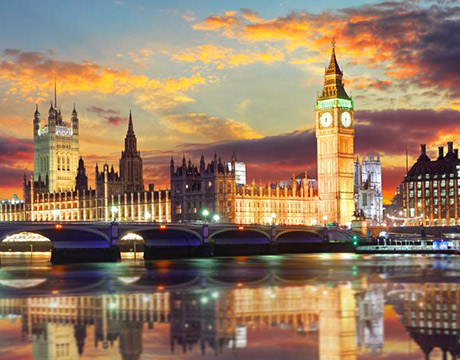
London
United Kingdom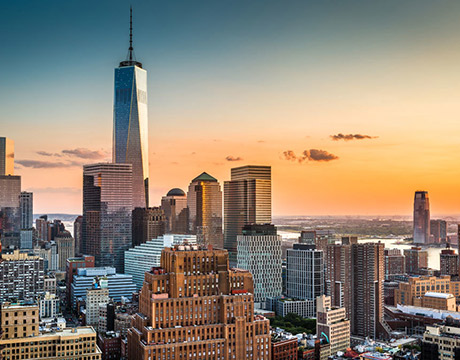
New York
USA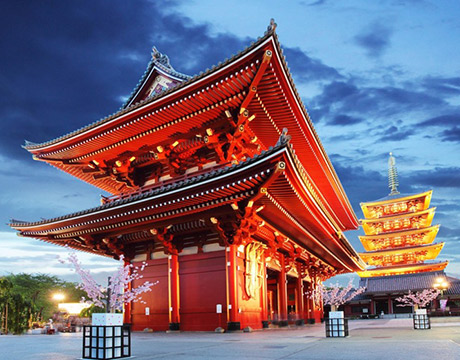
Tokyo
Japan
Bangkok
Thailand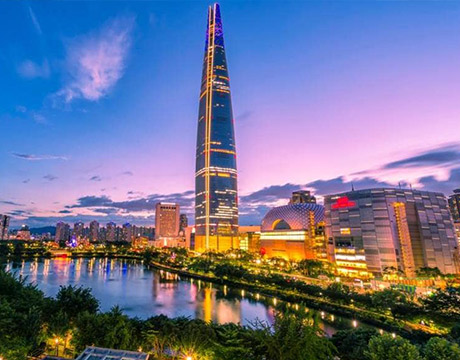
Seoul
South Korea
Vientiane
Laos
Yangon
Myanmar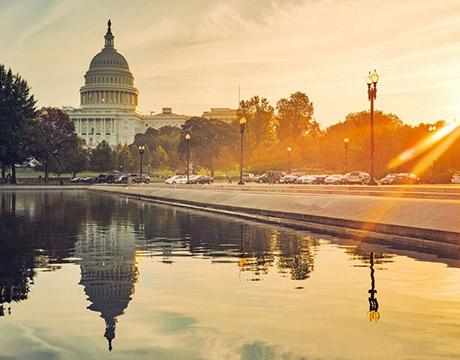
Washington DC
USA
Los Angeles
USA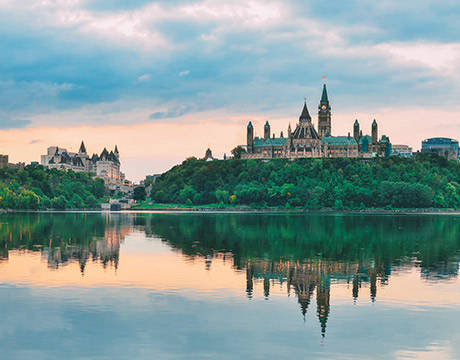
Ottawa
Canada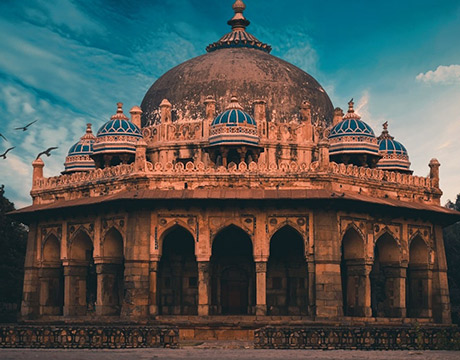
New Delhi
India
Singapore
Singapore
Kuala Lumpur
Malaysia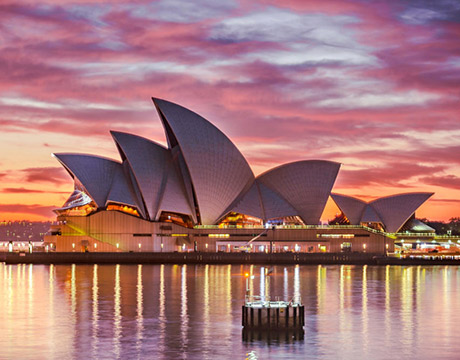
 English
English French
French Khmer
Khmer Thai
Thai Vietnamese
Vietnamese Chinese
Chinese Korean
Korean German
German Japanese
Japanese Italian
Italian Russian
Russian Spanish
Spanish Dutch
Dutch Indonesian
Indonesian Malay
Malay

